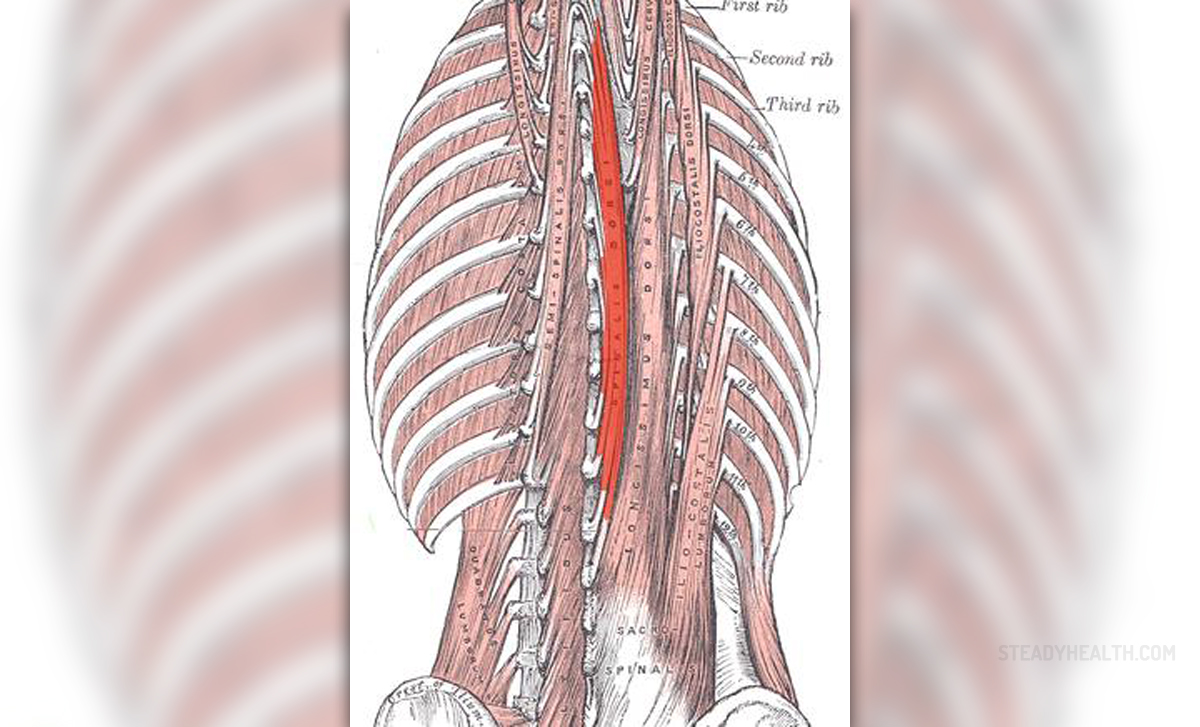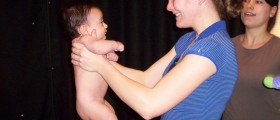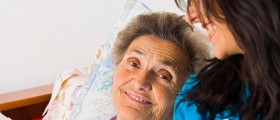
Quadriplegia, also known as tetraplegia, is a severe medical condition characterized by paralysis of all four limbs which results from an injury to the cervical part of the spine. The spine is either injured in some kind of accidents or the paralysis develops as a consequence of diseases such as tumors of the spine or neurological illnesses like multiple sclerosis.
Spinal Cord Injury (SCI)
Quadriplegia cannot develop unless there is damage to the cervical spinal cord. The damage is the one that leads to interruption of nerve connections. Once the nerves lose their contact electrical impulses can no longer be transmitted. This is why muscles do not receive information to move and are not stimulated in any way. Similarly disruption of sensory tract leaves the affected part of the body unable to detect touch, pressure, or distinguish cold and hot sensations. Damage to the cervical spinal cord is also blamed for certain changes in the autonomic nerve system.
All spinal injuries are classified into complete and incomplete. In quadriplegic people damage to the spine is complete because they simply lose all the ability to move or feel below the injured level.
Many times quadriplegia affects people who have suffered severe injury to the neck in a car or sport accidents. Broken neck is the main reason why people end up tetraplegic. Only if the spinal cod is swollen and bruised a bit it can regenerate and one will regain all the lost functions. Unfortunately, the longer the inability to move and loss of sensation last the lesser are the chances that the person will actually recover.
All in all, the effects of damage to the cervical spinal cord will depend on the level of the injury. While some patients only deal with limp muscles of both the arms and legs others additionally experience loss of control over the bowel and bladder, low blood pressure and trouble breathing.
Managing the Condition Effectively
All quadriplegic patients require help of a team of caregivers. Such team comprises a primary care provider, neurology nurses, psychologists, physical and occupational therapists, respiratory therapists and social workers. Speech pathologist can be also a part of the team especially if patients need to learn how to communicate and have problems with swallowing. Speech therapists play significant role for patients who cannot breath on their own (those with tracheostomy).
Immediately after the injury all patients are hospitalized and remain in the hospital for a while. Once their vital parameters are stabilized and the immediate effects of the injury brought under control they may be transferred to a rehabilitation center. The goal of a rehabilitation therapy is to make patients as much independent as possible. However, quadriplegic patients simply require care and support for the rest of their lives and cannot function on their own without being assisted by a family member or a caregiver.
During the process of rehabilitation quadriplegic patients may undergo bowel and bladder program, start using braces, are prescribed medications and they must engage in mental health therapy, occupational and physical therapy. Recreational therapy, respiratory care along with skin care are additional parts of the treatment which prevent many complications these patients are prone to.
Patients who have lost control over their bowel or bladder are taught how to manage these organs. Some patients will be prescribed a halo brace (a Philadelphia collar). It is also possible for one to be prescribed a brace for the chest or the lower back area. As for medications these typically include steroids (reduce swelling of the spine and improve blood flow), osmotic diuretics (decrease and prevent spinal cord swelling) and blood pressure medications. Blood pressure medications control the blood pressure and protect various organs in the body including the heart, lungs, brain, kidneys etc.
Mental health therapy helps patients accept their condition. This type of treatment is also essential for family members who need to reconcile with the fact they their loved one will never be able to walk and use his/her arms again. Physical therapy maintains the strength of the muscle although these simply cannot function. This type of treatment additionally prevents contractures. Respiratory care is of major importance for patients that breathe with the assistance of a ventilator. Respiratory therapists play a significant role in prevention of respiratory infections these patients are prone to. And finally, skin care is something that takes place on a daily basis. Namely, these patients are immobile. Because they lie all the time they need help to frequently change their position in bed. By doing so the skin will suffer no damage caused by pressure and associated low blood circulation and they will not develop pressure ulcers. Only with the assistance of caregivers or family members these patients will change the position of their body and will efficiently prevent pressure ulcers from developing.
Certain number of patients will be operated at some point. For instance, surgeons may stabilize the bones in the spine or remove pieces of the broken bones that are irritating the spinal cord. Also, approximately a year after the injury some people may undergo muscle tendon transfer or functional electrical stimulation. These treatments might restore some of the lost function. And finally, patients who are on a ventilator may benefit a lot from a phrenic nerve pacer, relatively expensive surgery that have many advantaged compared to a ventilator.



-Causes,-Symptoms,-Diagnosis,-Treatment_f_280x120.jpg)













Your thoughts on this
Loading...